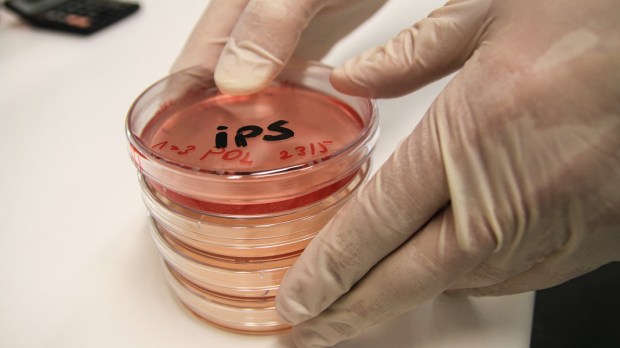A Japanese team of researchers has found promising results in a new gene therapy treatment for Parkinson’s disease. The trials have been successful in initial animal testing and researchers are hopeful that it will also be effective on humans.
Parkinson’s disease is a long-term degenerative disorder of the central nervous system that mainly affects the motor function. Symptoms generally develop over time and include shaking, rigidity, slowness of movement and difficulty walking. Advanced stages bring on dementia, depression and emotional problems.
BBC reports that after inducing the loss of nerve cells similar to the affects of Parkinson’s disease, the team was able to use human stem cells to fix the nerve damage in test subjects.
These cells – known as induced pluripotent stem (iPS) cells — are created by genetically reprogramming ordinary adult cells, so that they revert to an embryonic-like state. In this state, they can then be coaxed to develop into many different adult cell types – in the case of this experiment, dopamine neurons.
Researchers monitored the brain function of their test subjects, which showed normal function of the replaced cells. There was concern that if rejected, the cells would turn into cancerous tumors. The team found that the quality of the donor cells, rather than the quantity, was the key
Dr. Tilo Kunath, a researcher at the Medical Research Council Centre for Regenerative Medicine at the University of Edinburgh sees the effort as promising progress against this debilitating disorder:
“Such a therapy has the potential to reverse the symptoms of Parkinson’s in patients by restoring their dopamine-producing neurons. The next stage will be to test these therapies in a first-in-human clinical trial.”
Parkinson’s disease was first clearly identified by Dr. James Parkinson in 1817. The disease existed prior to this and was known as shaking palsy. It was named for Parkinson after he published an essay identifying its characteristics.

